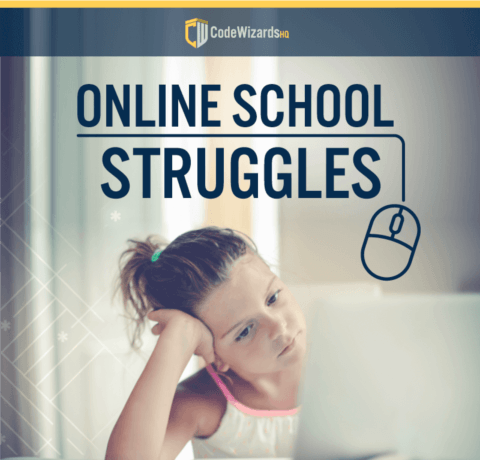The History of Open Educational Resources Infographic
It used to be that an Ivy League education was reserved only for those with vast fortunes, family connections, or stellar grades. However, much of academia's top curricula are now available online, free for anyone with an inquiring mind to see. The History of Open Educational Resources Infographic presents how the Internet became one of the best places to get an education.
Open Educational resources (OER) Timeline
- January 1999: The University of Tubingen in Germany publishes a video series of its lectures online. This was considered by many to be the first official instance of open educational resources.
September 2002: MIT launches its OpenCourseWare program. With 32 initial courses, this was the most in-depth and complete collection of its kind.
- November 2003: China Open Resources for Education (CORE) is founded in partnership with MIT OpenCourseWare, aiming to provide these resources to hundreds of universities in China.
- January 2005: OECD's Centre for Educational Research and Innovation launches a 20-month study on the scale and scope of open educational resources, resulting in the report “Giving Knowledge for Free: The Emergence of Open Educational Resources.”
- September 2006: The Khan Academy is launched by MIT graduate Salman Khan. This new program made K-12 educational materials in most subjects available for free to any student in the world.
- May 2007: Apple unveils lTunes U, a service originally created to organize and distribute educational audio, video, and PDF content for college students. The service was later expanded to include K-12 materials.
- September 2007: The University of Michigan Medical School works with its IT department to develop dScribe, a way to publish all pre-clinical curricula materials as OER.
- January 2008: The Open Society Institute and the Shuttleworth Foundation release the Cape Town Open Education Declaration, a report urging world governments and publishers to make educational materials available on the Internet for free.
- February 2009: Hewlett issues the University of Michigan, OER Africa, and four African universities a grant to further the development of OER programs to support free health education.
- March 2009: YouTube launches YouTube EDU, a free channel that organizes premium educational materials from hundreds of colleges, universities, professors, and thought leaders.
- August 2009: Governor Arnold Schwarzenegger approves California’s Free Digital Textbook Initiative to provide access to digital high-school level textbooks.
- September 2010: Stanford University offers a set of free online courses that draw more than 350,000 enrollments around the world.
- April 2011: Bangladesh becomes the first country to digitize a complete set of textbooks for grades 1- 12.
- August 2011: Codecademy, the first free, open educational resource for learning computer programming, launches with funding from Y-Combinator.
- March 2012: TED Ed launches in an effort to bring top-quality educational videos from the world's top teachers to the masses, free of charge.
- April 2012: Course Hero curates free content from around the web and launches 22 free full-length curated courses.







You can adjust your cookie preferences here.